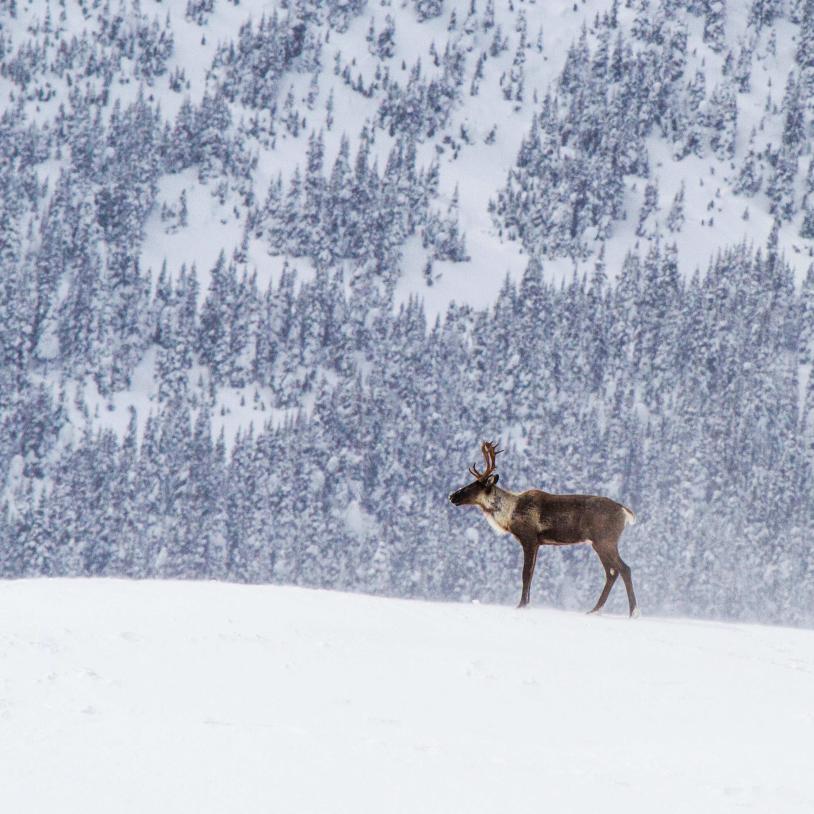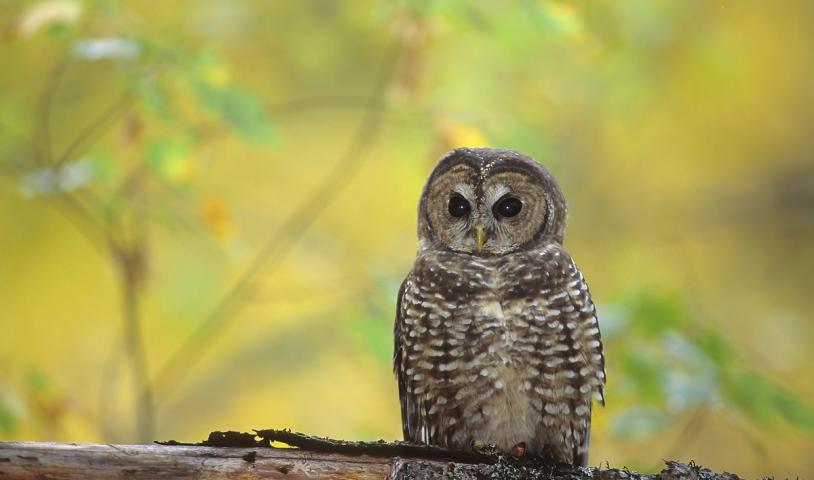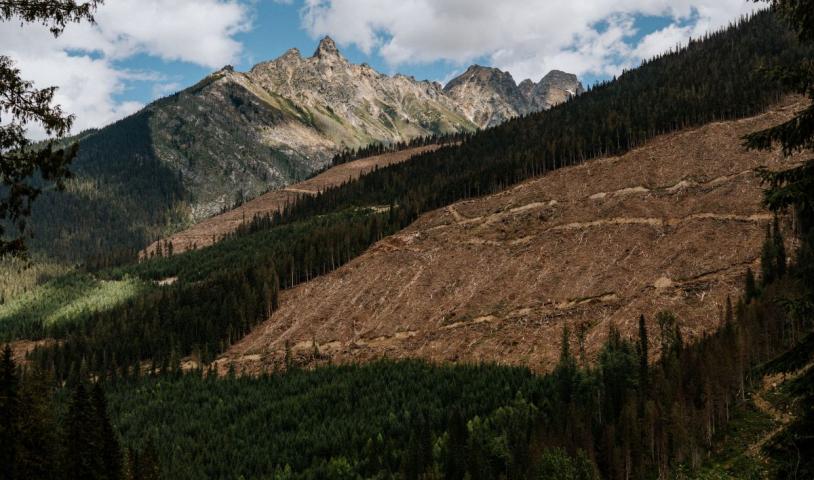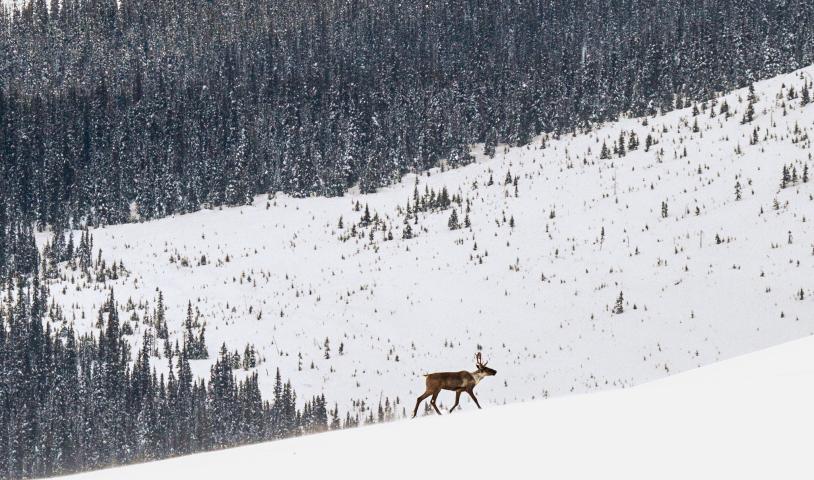Sage grouse protection order challenged by Alberta city, oil company
Thursday, June 28, 2018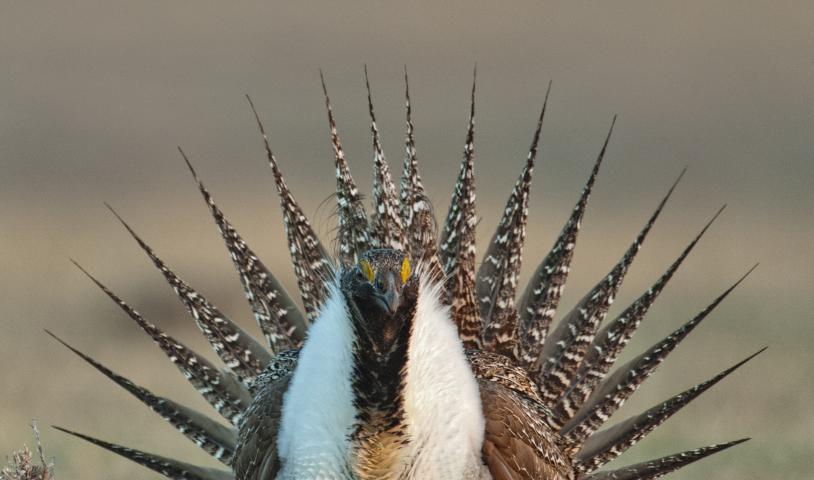
Order restricts oil production in areas near the sage grouse's habitat
Canadian Press
A southern Alberta city and an oil and gas company are asking the courts to quash a federal emergency order that protects the sage grouse.
The City of Medicine Hat and LGX Oil & Gas Inc. filed an application Friday in Federal Court seeking a judicial review of the order.
The application asks the court to quash, alter or suspend the order for six months so the federal environment minister can consult with them.
The affected lands include most of the city-owned oil properties in the area, while LGX Oil & Gas operates in the Manyberries area and is a partner in a few of the city's properties.
"Our work in the area to protect the sage grouse has been extensive, and we wish to continue taking effective measures to ensure the sage grouse population thrives," Bill Cocks, chairman of the city's energy committee, said in a news release.
"It is our goal to work with the federal government to devise initiatives that will benefit both the sage grouse and the City of Medicine Hat, as we have been doing with the provincial government over the last two years."
Those steps include refraining from drilling during important parts of the sage grouse's life cycle, removing equipment from leases, conducting pre-drilling wildlife surveys, adopting minimal disturbance practices, abandoning wells near leks (mating sites) and sponsoring sage-grouse research, the city said.
Order supposed to take effect Feb. 18
The order was announced in early December and restricts oil production in areas near the sage grouse's habitat. It is to take effect Feb. 18.
About 1,700 square kilometres of Crown land in southern Alberta and Saskatchewan are coming under a set of rules to protect the sage grouse, thought to be down to as few as 90 birds in those provinces.
The emergency protection order grew out of a 2012 court case brought by several environmental groups to force the federal government to live up to its Species At Risk legislation.
It forbids the construction of new roads, tall fences or high objects and restricts loud noises during certain times of year. Disturbing ground cover, such as the sage grass the grouse depend on, will not be permitted.
The rules allow for exemptions "in certain circumstances or locations" and only apply to Crown land, not private property or grazing leases. Pre-existing buildings — residential and agricultural — are also exempt, as is the immediate area around those buildings.
Environment Canada estimates the plan will cost about $10 million in forgone oil revenues over 10 years. The document says impact on farming and ranching will be minimal.
The plan makes no extra commitment to restoration or research.
Photo Credit: Grambo Images
